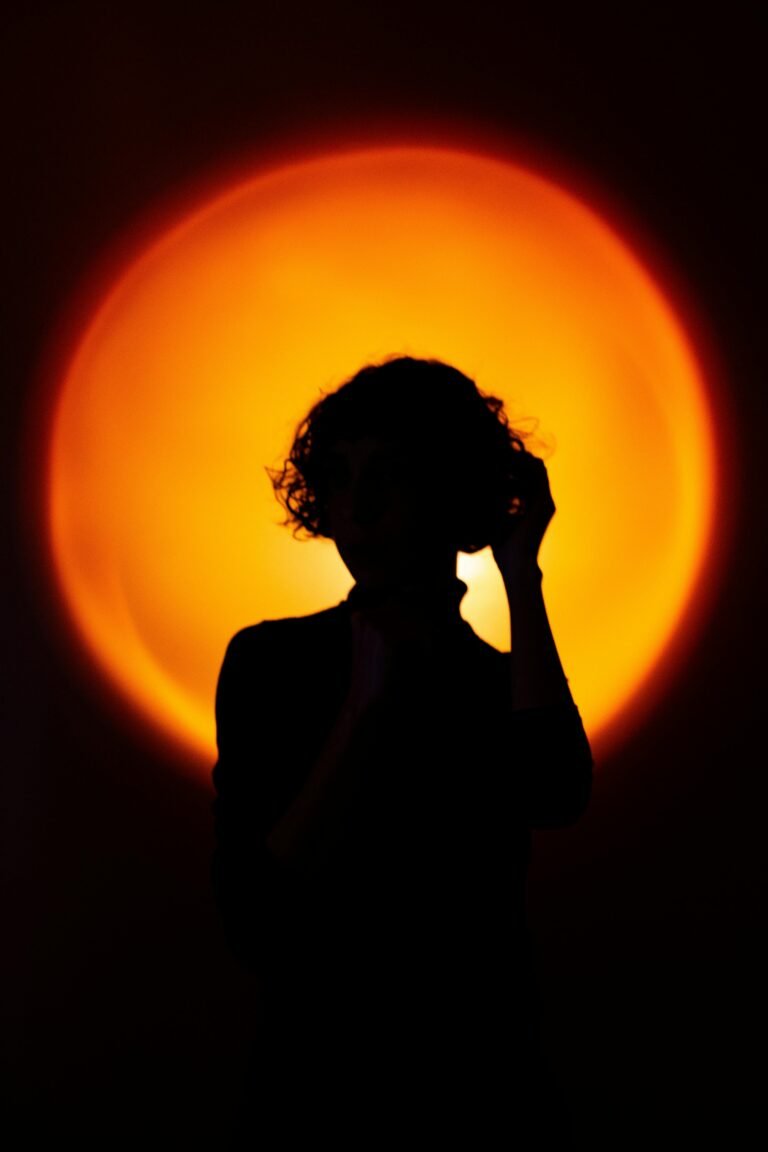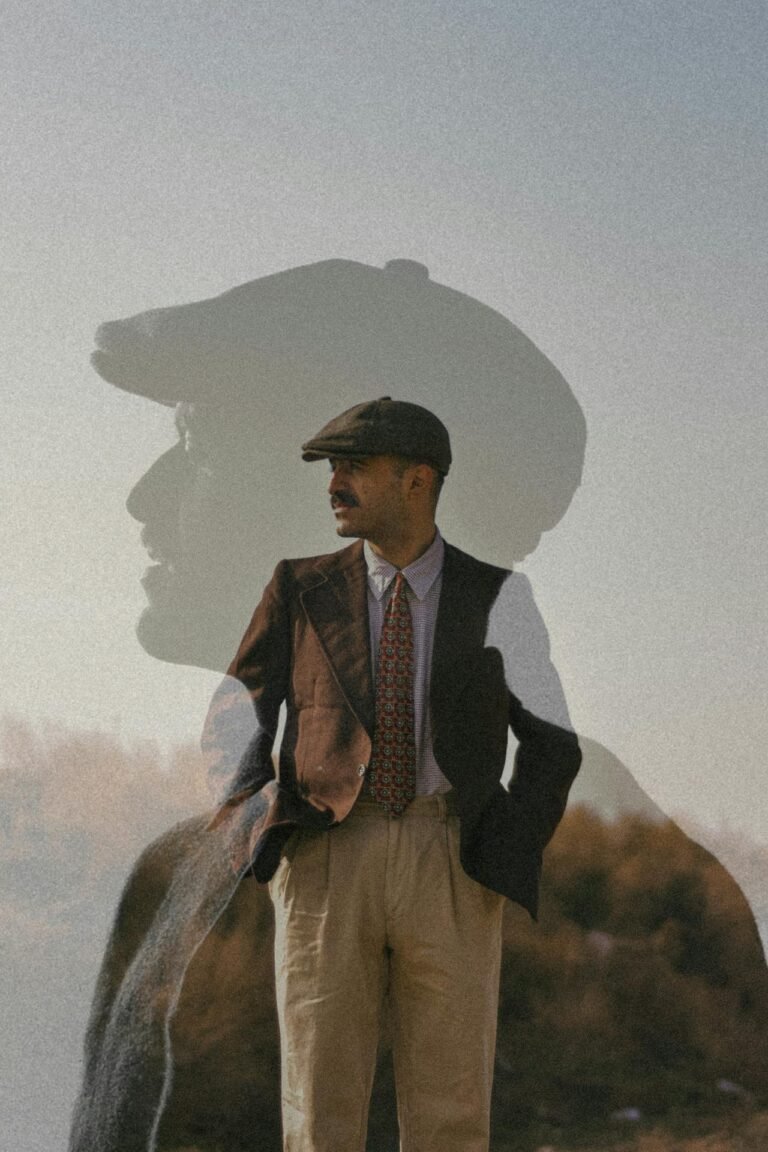6 Frame-Adding Hacks to Give Photos a Professional Finish
Frames are no longer just physical borders around printed pictures — they’ve become a vital part of digital photo styling. A well-chosen frame can draw attention to the subject, create visual balance, and add depth and elegance to your photos. Whether you’re a content creator, designer, or casual photo editor, learning how to add digital frames effectively can instantly elevate the look and feel of your images. In this article, we’ll break down six powerful frame-adding hacks that bring a polished, professional finish to your visuals.

1. Classic White Border for a Clean Gallery Look
A classic white frame remains one of the easiest and most effective ways to enhance your image. This minimalist approach draws attention inward and gives your photo a clean, polished appearance, much like framed artwork in a gallery.
Design Tip: Keep your white border even on all sides for balance, or try a slightly thicker bottom border for a vintage Polaroid-style effect.
Best For: Portfolio shots, travel photos, Instagram feeds.
Tools to Use: Canva, Pixfav’s Frame Tool, Snapseed
2. Drop-Shadow Frames for Instant Depth
Instead of a flat border, add a drop-shadow effect behind your frame to give the illusion of elevation. This hack makes your images look like they’re floating off the background, adding a modern, stylish layer of dimension.
Pro Tip: Adjust the shadow blur, distance, and angle to match the lighting of the photo for the most realistic results.
Best For: Web graphics, marketing visuals, eCommerce product shots.
Tools to Use: Photoshop, Pixfav, Figma
3. Textured Frames for Artistic Flair
Adding a subtle texture to your frames can completely change the mood of an image. Whether it’s a grainy matte look, brushed metal, woodgrain, or watercolor texture, these add-ons bring character and context.
Creative Hack: Match the texture to your photo theme—wood for nature shots, watercolor for portraits, etc.
Best For: Digital scrapbooking, stylized Instagram stories, print-ready designs.
Tools to Use: Canva, Affinity Photo, Pixfav’s Frame & Texture Generator
4. Color-Blocked Borders for a Bold Statement
Bright, thick frames in solid colors can turn an ordinary image into a visual magnet. When used with contrast, color-blocked borders can draw the viewer’s eye instantly and communicate a strong vibe.
Designer Insight: Use your brand colors to reinforce visual identity across multiple images.
Best For: Social campaigns, promotional graphics, cover art.
Tools to Use: Pixlr, Picsart, Pixfav Frame Styler
5. Multi-Layered Frames for Gallery Wall Vibes
Stacking multiple borders or using layered frame effects simulates the feel of a real gallery wall. This layered look adds structure and visual hierarchy to your photo.
Pro Technique: Use a base shadow frame, followed by a colored inner border and then a white outer edge. Keep the ratios harmonious.
Best For: Print-ready posters, photo books, design showcases.
Tools to Use: Photoshop, Pixfav, DesignWizard
6. Interactive Frames for Social Content
Step into the world of modern content creation by using frames that are interactive—like story overlays, animated frames, or GIF-style borders. These frames respond to viewer interaction or contain motion, perfect for grabbing attention on fast-scrolling platforms.
Quick Tip: Use these frames sparingly to avoid clutter. Animation should support—not distract from—the core message.
Best For: Instagram stories, TikTok content, digital ads.
Tools to Use: Canva Pro, Pixfav Animated Frames, Kapwing
Comparison Table: Frame-Adding Techniques
| Frame Type | Visual Style | Ideal Use Case | Tools |
|---|---|---|---|
| Classic White Border | Clean, minimal, gallery-like | Portfolios, travel photos | Canva, Pixfav |
| Drop-Shadow Frame | Elevated, 3D effect | Web graphics, product shots | Photoshop, Figma |
| Textured Frame | Artistic, tactile | Scrapbooks, stylized stories | Affinity, Pixfav |
| Color-Blocked Border | Bold, eye-catching | Promotions, social campaigns | Pixlr, Picsart |
| Multi-Layered Frame | Structured, formal | Posters, portfolios | Photoshop, Pixfav |
| Interactive Frame | Dynamic, animated | Reels, ads, stories | Canva Pro, Kapwing |
FAQs About Adding Frames to Photos
1. Can I add frames to photos without Photoshop?
Yes! Many online tools like Pixfav, Canva, and Picsart allow easy frame customization without requiring advanced design skills.
2. Will a frame make my photo look smaller?
Technically yes, since it adds border space, but it also draws focus to the subject and enhances overall visual appeal.
3. Are frames suitable for professional use?
Absolutely. When done right, frames can make your content more cohesive and professional across platforms.
4. Can frames be animated or interactive?
Yes. Platforms like Pixfav and Canva Pro offer animated frame options that work great for social media.
5. How do I choose the right frame for my image?
Consider your image tone, target audience, and platform. For subtlety, use white or shadowed frames; for energy, use bold color blocks.
6. Can I batch-frame multiple images?
Yes! Tools like Pixfav and Figma allow batch processing or reusable templates for faster workflow.
Conclusion
Adding frames to photos isn’t just about decoration—it’s about direction, style, and message. Whether you want clean minimalism or eye-popping energy, these six frame-adding hacks offer something for every aesthetic and purpose. When used intentionally, frames can elevate your content from casual to curated in just a few clicks.
Try This Tool: Add Professional Frames in Seconds
Ready to apply a professional finish to your photos? Try the free Pixfav Frame Editor to add, customize, and style frames in seconds. Perfect for creators, marketers, and storytellers who want to polish their visuals without the complexity of advanced tools.





